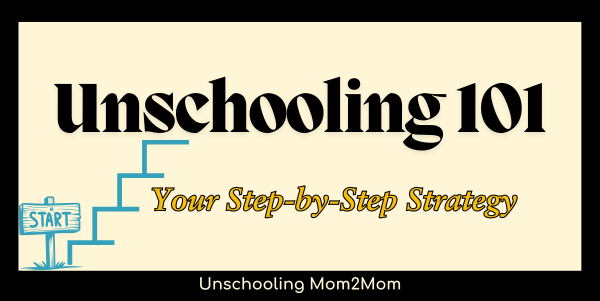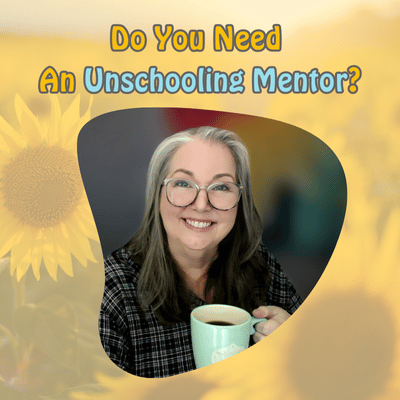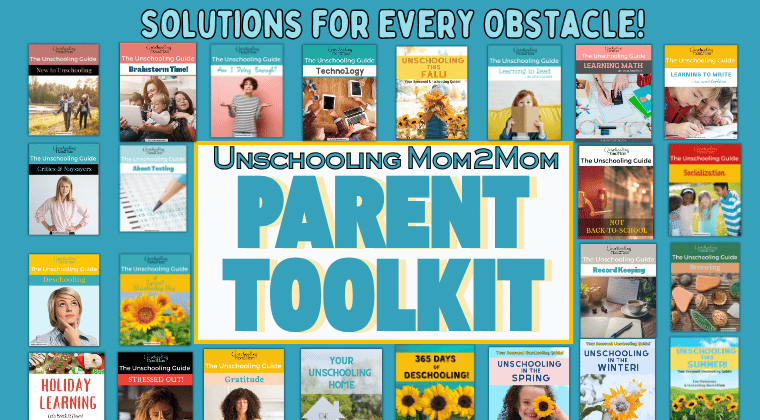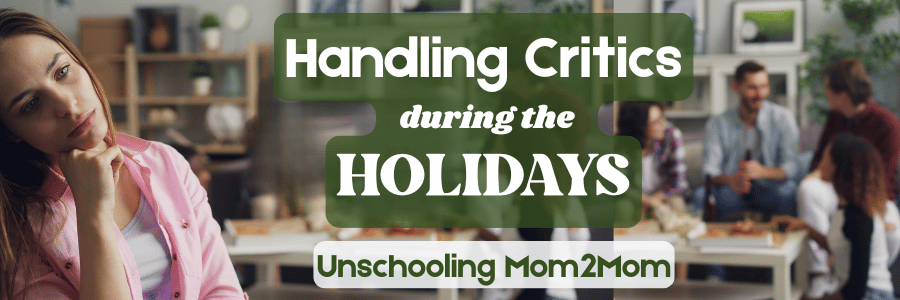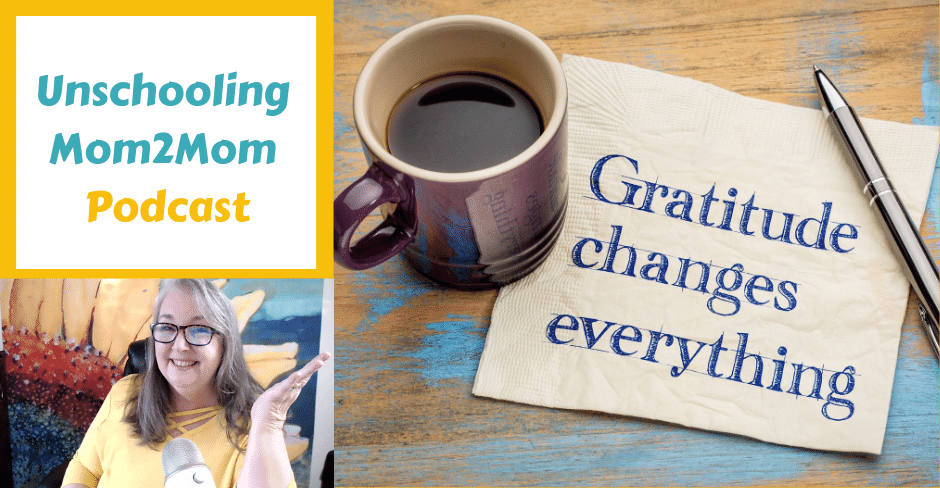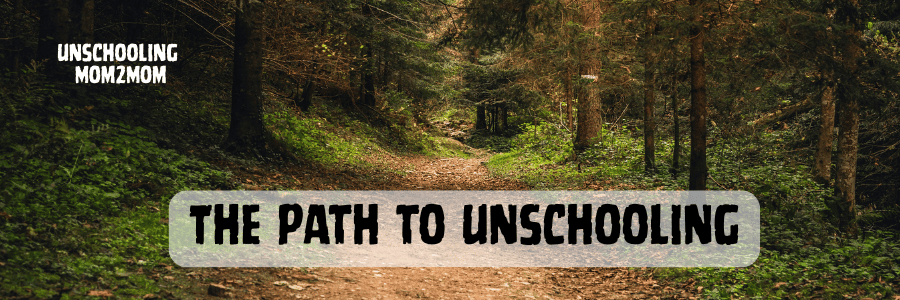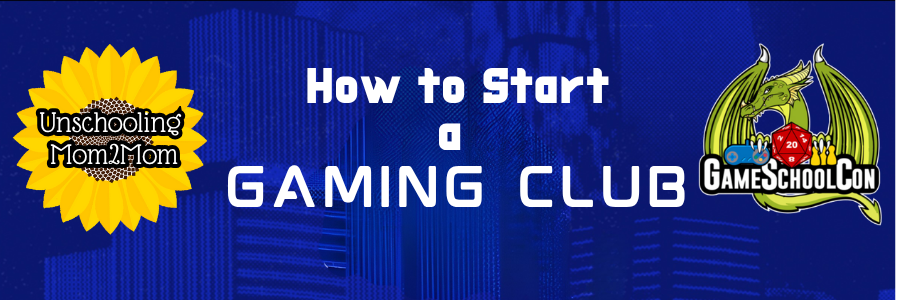Cost/Benefits Analysis for Unschoolers
Updated October 8, 2025 Listen to the Podcast
Podcast/Video Transcript below
What is a Cost/Benefit Analysis
…with regards to Life
You often hear the phrase cost-benefit analysis in business circles. The goal there is usually profit:
Will the expenses be justified by the return?
But the concept translates beautifully into real life, too—even if no one ever taught us how to use it that way.
In School
In school, you're told what to do. For everything.
- There’s one right answer.
- The bell tells you when you're done.
- The teacher’s approval signals success.
- You raise your hand and wait to be called on.
It's a lot of spoon-feeding.
It’s efficient.
It keeps everything moving.
But it also shuts down a really important question:
What matters most to me—and is it worth it?
You may start to wonder:
- Who decided this is what I need to learn?
- How does one curriculum fit every person?
- What am I actually being prepared for?
And once you tug on that thread, the whole sweater starts to unravel.
Standardization doesn't leave much room for
individualization—and that’s what we actually need to build a meaningful adult life.
Why It's Hard to Shift
I won’t go too deep into why
schools operate this way—but let’s just say: it wasn’t designed with individuality in mind.
Whether for industrial efficiency, training factory workers to be easier to manage or crowd control (maybe those are the same?), the system was built to move large numbers of kids from Point A to Point B.
But we don’t live in the Industrial Age anymore.
We’re in the Information Age.
And schools haven’t caught up.
That’s part of the reason why independent thought feels so hard after graduation—most young adults just haven’t had much practice at it.
For Unschoolers
But not so for the unschooled teen.
They’ve been practicing real-life decision-making all along.
They’ve weighed pros and cons for all sorts of opportunities that have crossed their paths.
They’ve chosen paths—and changed their minds.
They’ve made mistakes—and learned to see those as data for the next decision, not disasters to be ashamed of.
Why am I bringing this up?
Unschoolers have been doing cost-benefit analysis for years.
Not in spreadsheets.
Not for profit.
But in everyday life.
And the result?
They’re not paralyzed by the fear of doing it "wrong."
They’ve been trusted to navigate uncertainty, and now they trust themselves to do it again.
Podcast Transcript:
What if your child has been practicing decision-making all along — and school actually shut it down?
Or maybe you have, without even realizing it. Because it felt more efficient. Or because your patience was running thin. Or because you thought you could see the handwriting on the wall and wanted to head off the disaster you were sure was coming.
Kids do weigh out their choices. They think about what they’re willing to risk, what they might gain, and whether it’s worth it. That’s cost/benefit thinking. But when adults step in too quickly — whether it’s a teacher with a system or a parent trying to keep the peace — that natural process gets interrupted.
So today, let’s talk about what cost/benefit thinking really is, why hesitation is not laziness, and how unschooling gives kids the chance to build real autonomy.
I’m Sue Patterson and this is the Unschooling Mom2Mom Podcast. I’m bringing short unschooling pep talks to help you not only SEE that unschooling works - but How and Why you should unschool your own kids. Some of you are just thinking about unschooling, maybe you’re currently homeschooling more traditionally but Could use some more options, or maybe your kids are still in school and you’re wondering if this might be a better a choice altogether..
Maybe you’re already unschooling but you need a little encouragement each week! After nearly 30 years and 3 grown Unschoolers of my own, I’m here to show you what works and what doesn’t!
So this week, I wanted to talk with you about your kids’ decision-making abilities and this thing called Cost Benefit Analysis.
What Cost/Benefit Thinking Really Means
You usually hear the phrase cost-benefit analysis in business. The goal there is profit: Will the expense be justified by the return?
But in life, it’s simply asking:
- What will this cost me? (time, energy, comfort, risk)
- What might I gain? (fun, learning, connection, pride)
We do it all the time as adults:
Do I cook or order out? Do I take on this project or say no?
And kids do it too — if we let them.
But School Trains Kids Out of It
In school, you’re told what to do — for everything.
There’s one right answer.
The bell tells you when you’re done.
The teacher’s approval signals success.
You raise your hand and wait to be called on.
It’s efficient. It keeps things moving. But it also spoon-feeds kids and shuts down a really important question: What matters most to me — and is it worth it?
And in school-at-home homeschooling, it doesn’t change much. Kids are led through topics they may or may not care about. They’re told they can’t get to their own passions until the curriculum is finished. The parent needs to be satisfied. The boxes need to be checked.
That’s not autonomy. It’s just school, relocated to the diningroom table.
Why It’s Hard to Shift
It’s hard to make the shift.
This system wasn’t designed with individuality in mind. It was built for efficiency — training compliant workers and moving large numbers from Point A to Point B.
But we don’t live in the Industrial Age anymore. We’re in the Information Age. And schools haven’t caught up.
That’s part of why kids leaving school — or school-like homeschooling — often hesitate. They simply haven’t had much practice making decisions that matter to them.
Time for Some Help?
And here’s where I want to pause. Because if this feels familiar to you — your child hesitates, or you wonder if they’ll ever take initiative — you are not the only parent with those worries.
Inside my Creating Confidence Membership, this is a common conversation. On our Zoom coaching calls, in our private WhatsApp group — parents are comparing notes, noticing when hesitation is actually practice, and reminding each other to focus on partnership instead of conformity.
It’s a relief to see you’re not alone — and it’s where real change happens.
Why Hesitation is Practice
So let’s circle back to that idea that Hesitation is Practice. When you hand decision-making back to your kids, don’t be surprised if they hesitate.
That pause? It’s not laziness. It’s practice. It’s where they’re asking:
What will this cost me? What will I gain?
Sometimes they’ll say no. Sometimes they’ll jump in. Both are valid. Both are practice.
And over time, that pause becomes confidence. They learn to trust themselves.
Everyday Examples
- Sports team: Costs = practice time, energy, possible embarrassment. Benefits = friendships, fitness, fun.
- Messy art project: Costs = cleanup, supplies. Benefits = fun, expression, creativity.
- Video game: Costs = frustration. Benefits = problem-solving, connection, entertainment.
- Social outing: Costs = nerves, energy. Benefits = belonging with others, making memories.
This is cost/benefit in real life. Not in spreadsheets. Not for profit. But in ways that matter to them.
For Unschoolers
Unschoolers have been doing this all along.
They’ve weighed pros and cons. They’ve changed their minds. They’ve made mistakes and learned to treat them as data — not disasters.
And the result? They’re not paralyzed by fear of doing it “wrong.” They’ve been trusted to navigate uncertainty, and then as young adults, they trust themselves to do it again. People often comment about grown unschoolers and how they have such confidence. I don’t really remember being particularly confident in my 20s. But those grown unschoolers have been practing with weighing things out, seeing mistakes as data and not the end of the world. It was built into their childhoods. And you can build it into your kids’ childhoods too.
So....
If you’re worried your child isn’t showing initiative, remember: hesitation is practice. Cost/benefit thinking is how autonomy grows.
And if you’d like more support while you navigate this shift, come join us in my Membership. You’ll find parents prioritizing partnership over conformity, connection over standardized learning — and you can be part of a real community for the journey. Mindset shifts are hard - but doing with other people on the same path can make this all so much better.
Take care, and Happy Unschooling!



